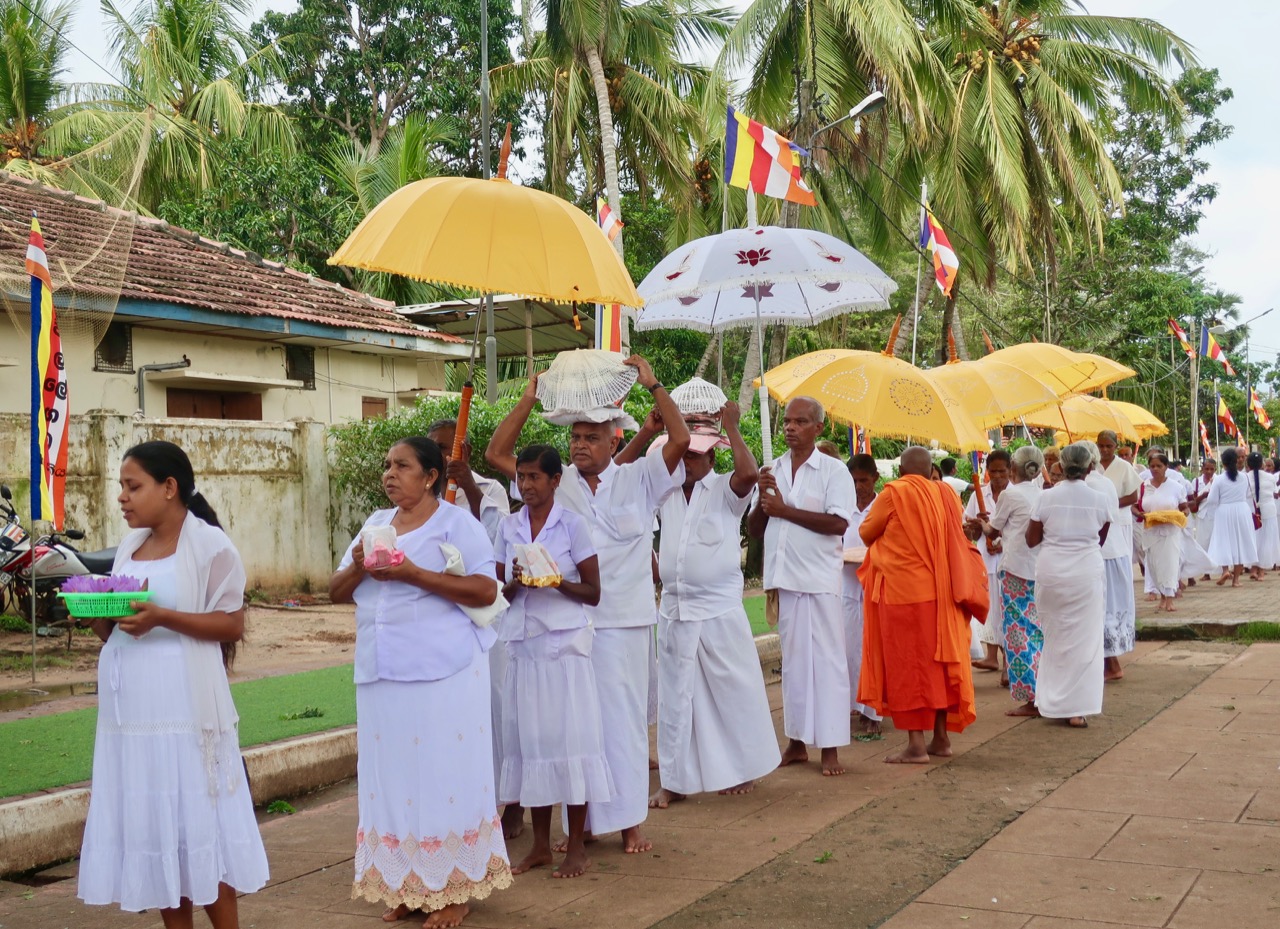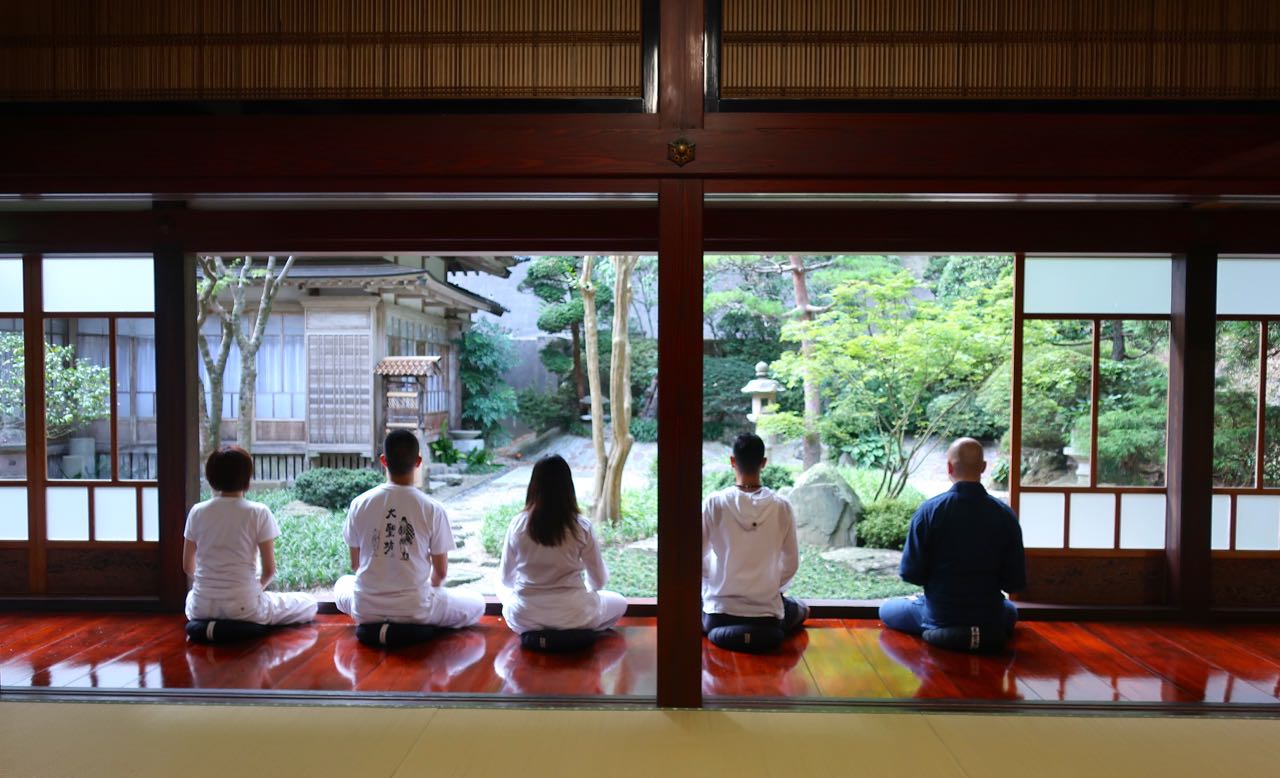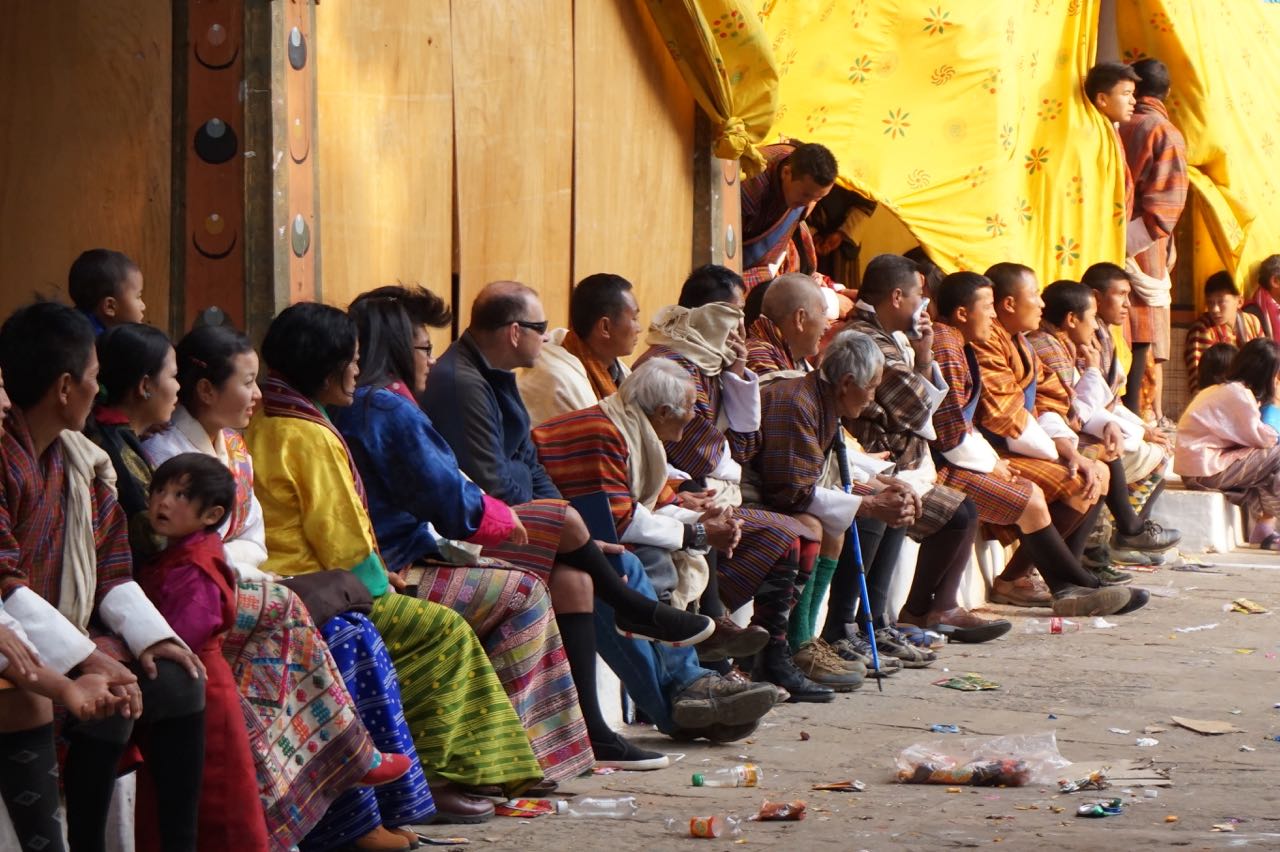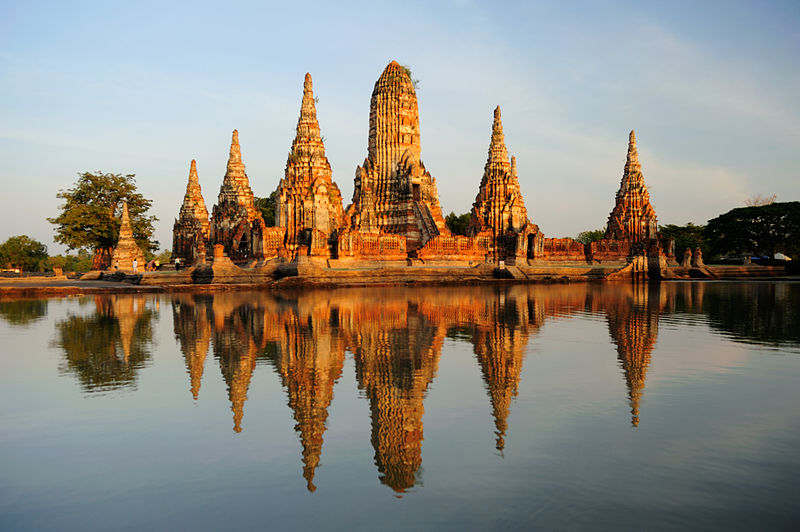
When you think of Sri Lanka, you may picture a tropical island dotted with sandy beaches, wildlife reserves filled with elephants, coconut groves, spice and tea plantations. Surely, the small island located just south of India merits all these, but there’s also three thousand year old temples, palaces and caves to explore. Here are some […]

Read part 1 On My Way For Yamabushi Training I survived! I am officially one of the first few non Japanese speakers in the world to have received Yamabushi mountain hermit training. It was a wonderful experience and I feel stronger, accomplished and that I have spiritually grown to another level. The 5-day program designed by […]

Up until recently, when I visited the tiny country of Bhutan, it remained a mystery to me. I pictured this magical place where the entire nation practices Buddhism, animals roam free through the protected forests, and everyone is happy and content all the time. Some of the movies I watched also suggested that one becomes very […]

What is Buddhism? Theravada and Mahayana Budda isn’t just a happy idol you see when you go eat at your favorite Chinese or Thai restaurant, but it’s a philosophy that manifests into a culture, and a particular way of thinking in many Asian countries, including Thailand. Buddhism is based on the teachings of the Buddha, […]